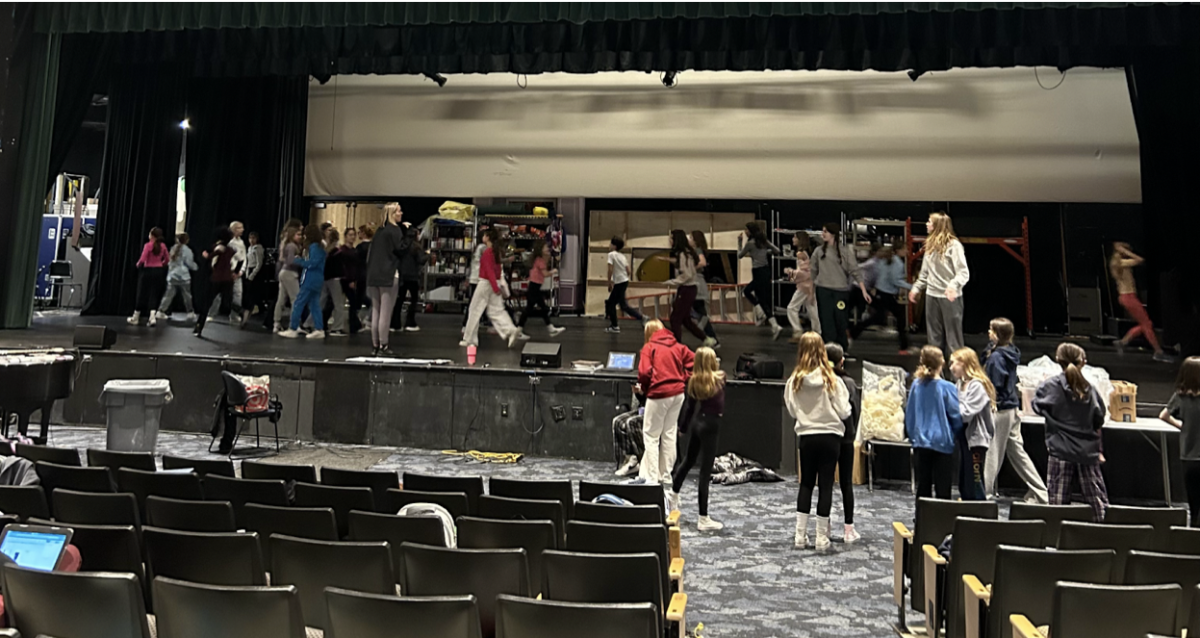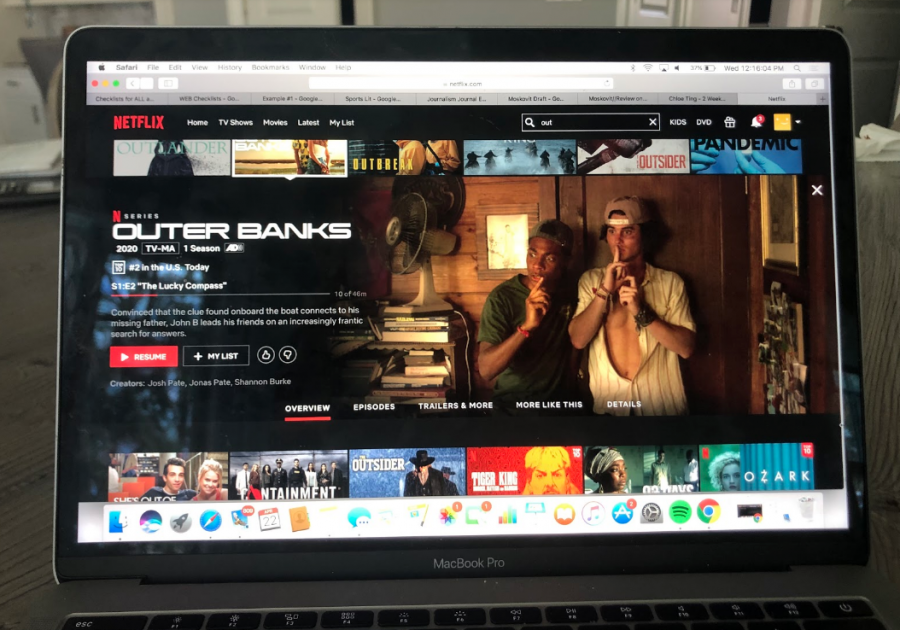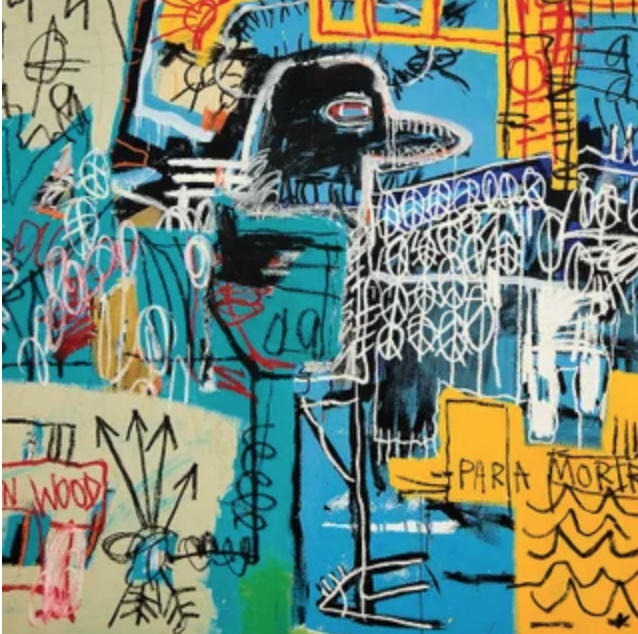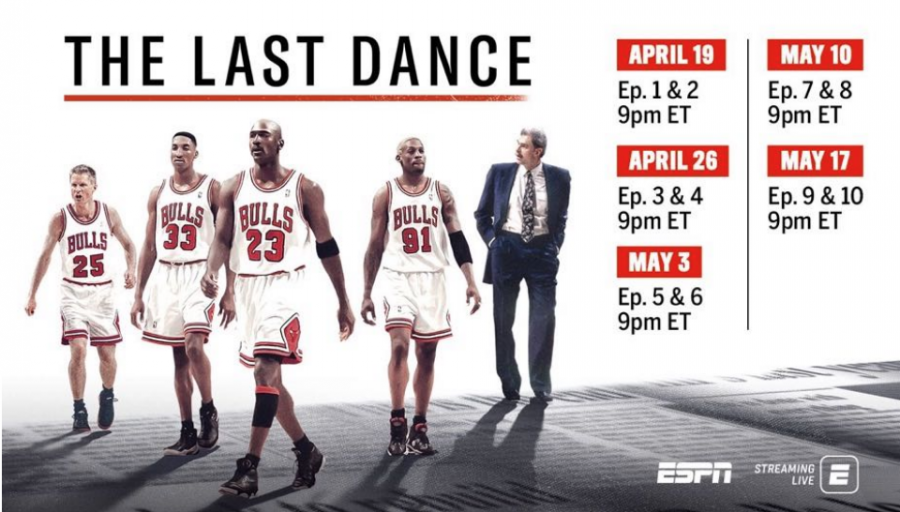Jack Beck ’18
It’s not everyday that people trained for crisis situations happen to be at the scenes of emergencies the moment they occur. It’s also not every day that their stories make national headlines, much less international headlines, then become autobiographies and then major Hollywood films directed by major Hollywood filmmakers. Nothing about “The 15:17 to Paris,” Clint Eastwood’s screenplay is everyday, and that’s before taking into account Eastwood’s unexpected decision to cast those three soldiers as themselves. On paper, the film is extraordinary. In theaters, it’s mundane.
Clint Eastwood’s “The 15:17 to Paris” is a fluky experiment of a true life thriller that only sounds like one of Eastwood’s magnificent films. On Aug. 21, 2015, a man named Ayoub El-Khazzani, armed with an AK-47, a pistol and a box cutter, opened fired on the passengers traveling aboard a high-speed railway train from Amsterdam to Paris. Once the gunman’s assault rifle jammed, he was overcome by a trio of young American passengers, two of whom were enlisted men: Spencer Stone, a 23 year old airman, Alek Skarlatos, a 22 year old Army National Guard Specialist on leave from deployment in Afghanistan and their long-time friend Anthony Sadler, a 23 year old senior at California State University.
Eastwood sets up the incident, shooting it in a conventionally forceful and exciting hair trigger, handheld moment of truth style, breaking it into dramatic pieces and circling back to it throughout the film. He also dramatizes the three young men’s lives leading up to the incident. He goes back to their delinquent boyhood in Sacramento, then follows them through military training and, finally, the impromptu vacation that led the three of them to board that train.
If you go into “The 15:17 to Paris” with no idea that you’re watching three young men play themselves, re-enacting the moment of their own valor, you’ll see a docudrama that looks convincing enough, with three performers who sort of resemble movie stars, but who all seem a bit unsure in their roles. Which is a little ironic.
As the movie opens, in 2005, Spencer and Alek are getting ready to graduate from grade school, and their single moms, played by Judy Greer and Jenna Fischer, go to a conference with the boys’ teacher, who informs them that both kids have ADD. She tells them in such a blunt, didactic manner that you’re already wishing the movie would stop, rest and begin with a better screenplay. Going forward, not every scene is as in-your-face awkward, but there’s a stiff-jointedness to the film, and that’s the last kind of script these novice actors needed. Eastwood would have been wise to let them improvise, to draw on their personalities more, revealing things a conventional movie wouldn’t. Instead, they’re playing cut and dried versions of their own selves.
Spencer Stone is the central character. He’s the one who leads the charge on the train and gets the lion’s share of screen time leading up to it. Anthony Sadler, Spencer’s good buddy, is the most charismatic of the three, acts with a sly smile that suggests that he, at least, has things on his mind apart from what’s happening at any given moment. Alek Skarlatos is the one we feel we know the least. He looks like a male model, and is smiley to a fault, but he always seems like a sidekick.
It’s all startlingly matter of fact. For a few minutes, the film riveted my attention. Yet I can’t say that it’s transporting, or highly moving or artistic. There’s an obvious precursor to “The 15:17 to Paris,” and that’s “United 93,” which I have never hesitated to call the one great post-9/11 drama. It, too, stayed as true as possible to the most mundane facts and it also featured a number of non-actors (albeit in small roles, in the control tower) who’d actually lived through what they were depicting. Yet the brilliance of “United 93” is that its director, Paul Greengrass, took what happened that day, even from the point of view of the terrorists, and made every action feel joined to every other action. He created a unified thriller. Eastwood, in “The 15:17 to Paris,” does the opposite. The film keeps telling us that what took place aboard that train was the fulfillment of something, but neither the event nor the three people reenacting it seem entirely real. They seem like pieces of reality trapped in a movie.
Overall, I truly do want to say that this was a great movie that kept me interested the entire time. Unfortunately, the way the movie was made did not fit the personalities of the three stars of the film.



















































